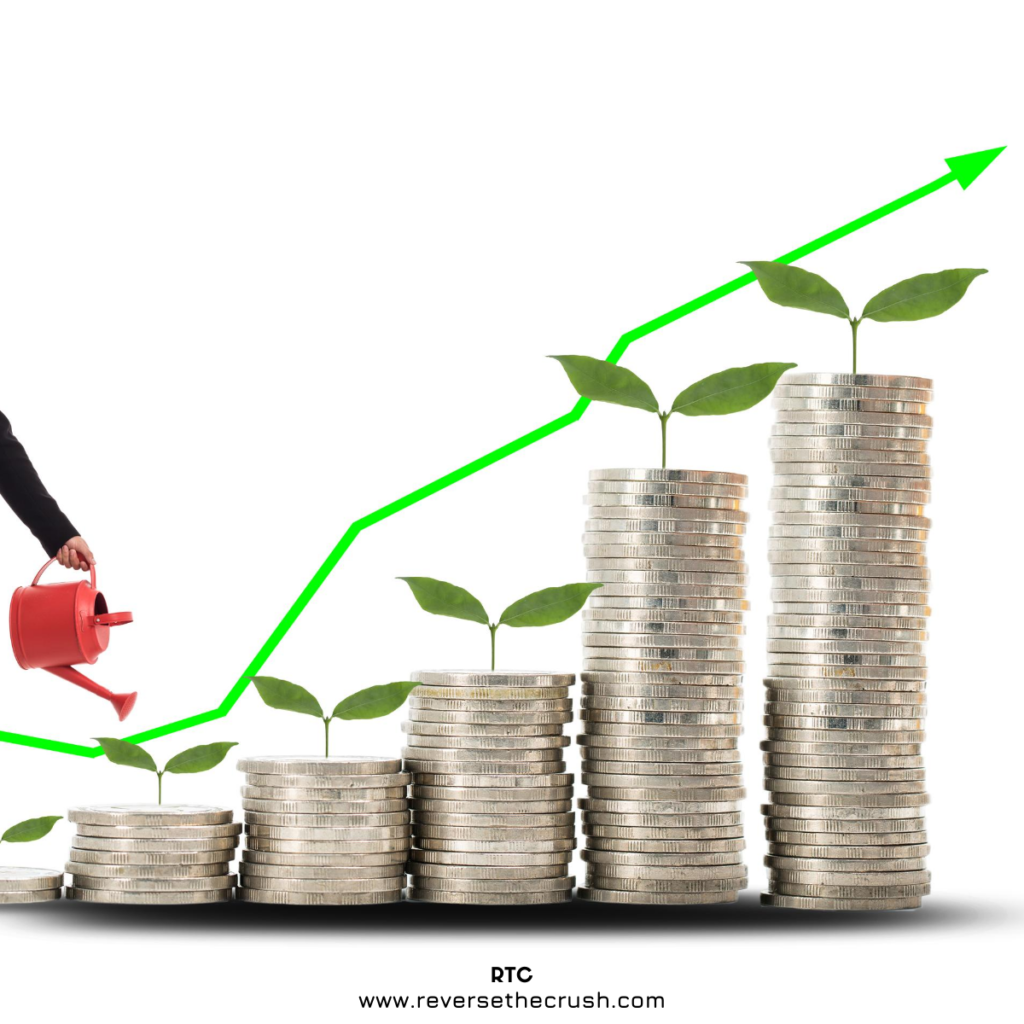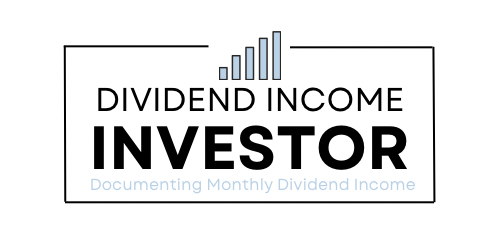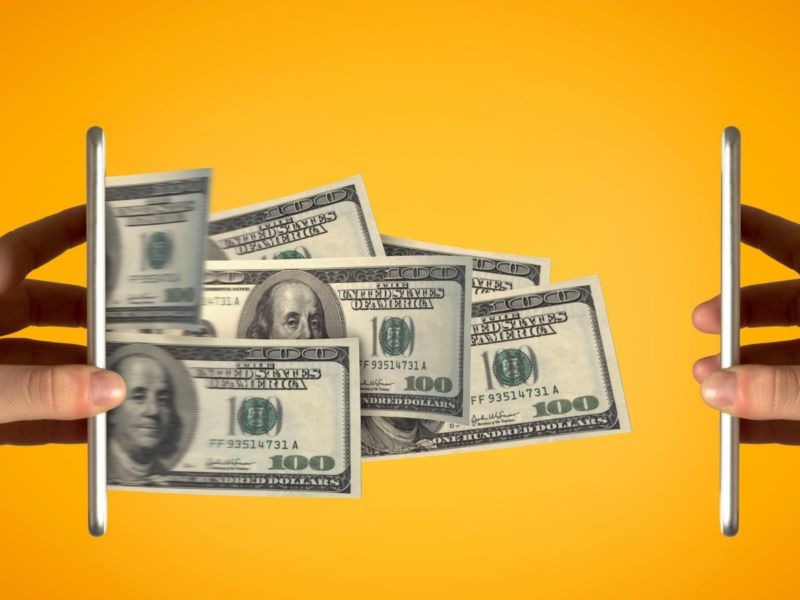How investors make money from investing in stocks, bonds, mutual funds, high interest saving accounts, exchange traded funds (ETFs), and GICs.
Have you ever wondered how investors make money?
Is it as simple as buying low and selling high?
Ultimately, the answer is no. There are at least 6 different ways investors make money from the markets.
In this post, I look at how investors make money by owning stocks, bonds, ETFs, Mutual Funds, savings accounts, and GICs.
“The best way to measure your investing success is not by whether you’re beating the market but by whether you’ve put in place a financial plan and a behavioral discipline that are likely to get you where you want to go.” –Benjamin Graham
How Investors Make Money
This post features investments that can be purchased from your local bank within a brokerage account.
It does not review options, rental income or investing with margin.
Here are the 6 ways investors make money from stocks, bonds, mutual funds, ETFs, GICs, and savings accounts.
Dividend Income
A dividend is a sum of money paid quarterly, monthly, or annually that a company pays to its shareholders from profits. Typically, payments are deposited directly to a brokerage account or reinvested back into the stock through a DRIP.
Of course, the main benefit of dividend income is you get paid but you still keep the original investment.
If your account is set up for DRIP (dividend reinvestment plan), and if the dividend is large enough to afford buying an additional share, dividends are automatically reinvested without commission.
Overall, dividend investing is my main investment strategy for the following reasons:
- 40% of market returns have come from dividends since 1926
- Dividend growth investing—companies increase payment amounts annually
- Predictable cash flow
Regarding taxation, dividends are taxed favourably in Canada:
- No tax on Canadian dividend stocks in a TFSA
- There is no tax on Canadian dividend stocks in a RRSP
- No tax on USD stocks in a RRSP
- There is a 15% withholding tax on dividends from USD companies in a TFSA
- There is a federal tax credit for eligible stocks in a non-registered account, and there is a 10% Ontario dividend tax credit for eligible dividends

Capital Appreciation
Capital appreciation is an increase in the price or value of an asset.
So, even though you don’t sell a stock, it’s possible to have a higher net worth because the price of the stock is higher.
Of course, the main advantage of capital appreciation is that there is no tax at all.
Capital Gains
A capital gain is occurs when a stock is sold for a higher price than it was originally purchased for.
Here’s an example:
If you buy 10 shares at $100 per share, it cost $1,000. If the share price increases to $150 each, the 10 shares are worth $1,500. So, when you subtract the cost from the market value, you end up with $500 profit ($1,500 – $1,000 = $500 profit).
Interest
Interest is earned when a saving account, GIC, or bond pays an interest payment.
For a high interest saving account, interest is typically paid monthly based on the previous month’s balance. Interest is usually calculated daily based on the closing balance. However, in today’s environment, the problem is obtaining a decent rate.
GIC’s (guaranteed investment certificates) pay interest payments on a previously agreed upon maturity date. It can be reinvested (compounded) or paid out for income.
When a bond is issued, it pays a fixed rate of interest called a coupon rate until it matures. Typically, payments are annually or semi-annually.
Stock Buybacks
Another overlooked method of payment shareholders receive is share buybacks.
Some investors view share buybacks as financial engineering. However, I like stock buybacks because it allows investors to gain a larger share of the pie, if you will.
When a company buys back its own stock, it is reduces the number of shares outstanding.
If there is more earnings per share, each shareholder is technically receiving a larger portion of earnings.
Said another way, consider a small business with 3 owners. If ownership is dividend equally, each owner owns 33% of the company. But if two of the owners were to buy out the third owner, the two owners would own 50% each. Therefore, they each increase their share of the company’s earnings.
Distributions
Mutual fund and ETF investors receive annual distributions.
Distributions are capital gains and net trading profits for the year. Further, distributions represent profits earned by professional fund managers.
Typically, distributions are paid in December.

How Investors Make Money – Concluding Thoughts
Investors make money in many ways.
So, what do you do with this information?
Well, like Ben Graham said, you must first develop a financial plan and bevavioral discipline necessary to achieve where you want to go.
Once you know where you want to go, you can reverse engineer how to get there by choosing the appropriate income streams.
It’s not just the price of the stock increasing. Although, growth stocks are the best way to build wealth fast.
But there are at least 6 different ways investors make money from investing.
In summary, investors make money by owning stocks, bonds, mutual funds, savings accounts, ETFs, and GICs.
Investor make money by:
- dividend payments and DRIP
- capital appreciation
- capital gains
- interest payments
- stock buybacks
- distributions
I am not a licensed investment or tax adviser. All opinions are my own. This post may contain advertisements by Monumetric and Google Adsense. This post may also contains internal links, affiliate links to BizBudding, Amazon, Bluehost, and Questrade, links to trusted external sites, and links to RTC social media accounts.
Connect with RTC
Twitter: @Reversethecrush
Pinterest: @reversethecrushblog
Instagram: @reversethecrush_
Facebook: @reversethecrushblog
Email: graham@reversethecrush.com


 Dividend Income Report July 2020 (117% YoY Growth)
Dividend Income Report July 2020 (117% YoY Growth)
